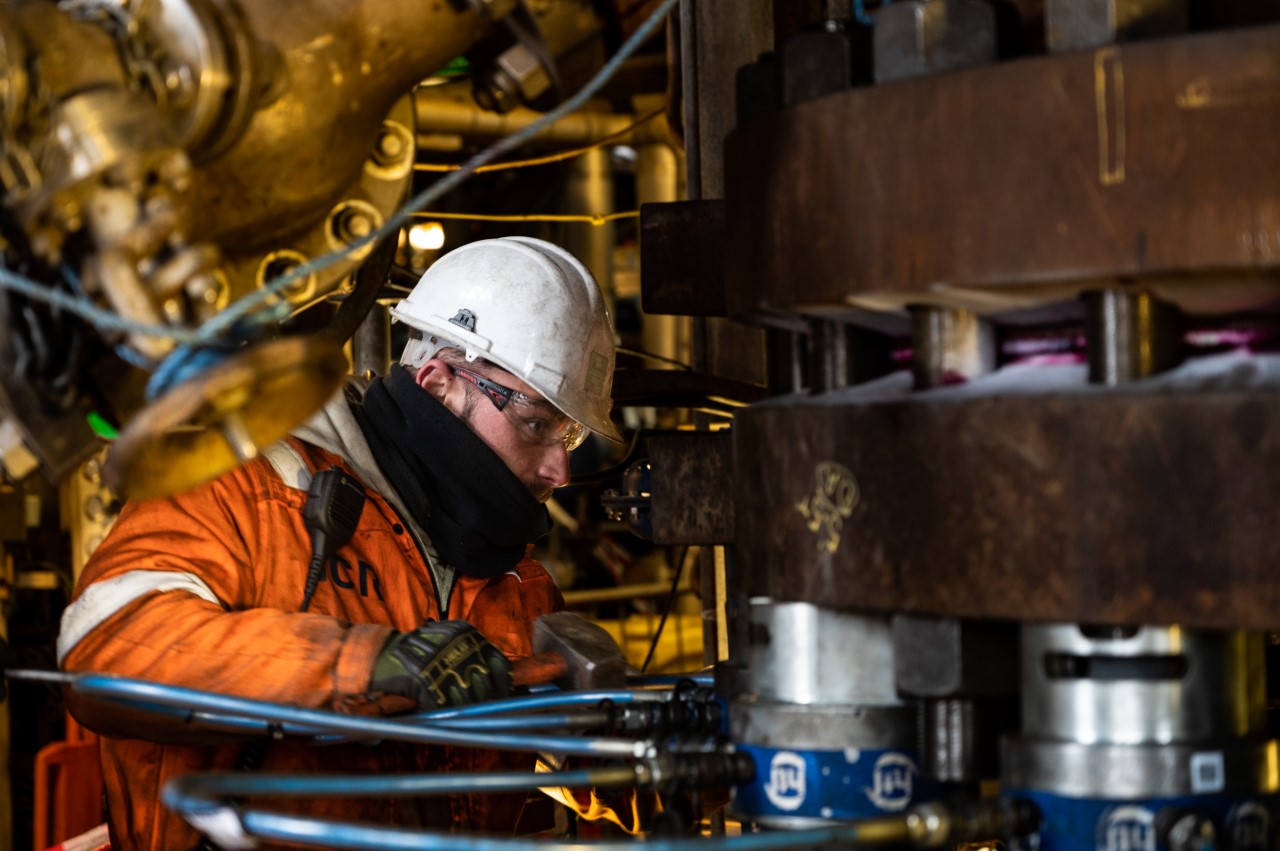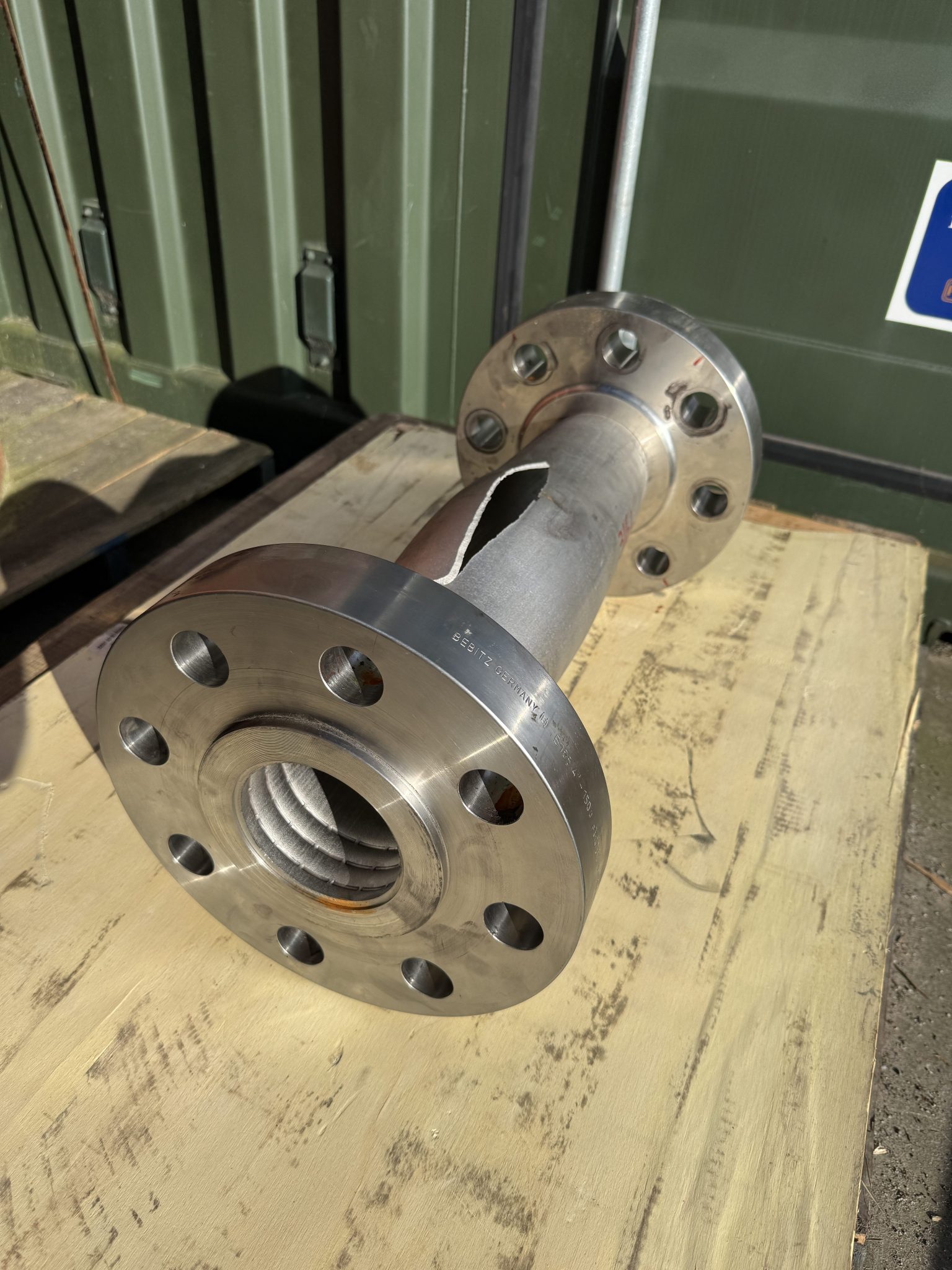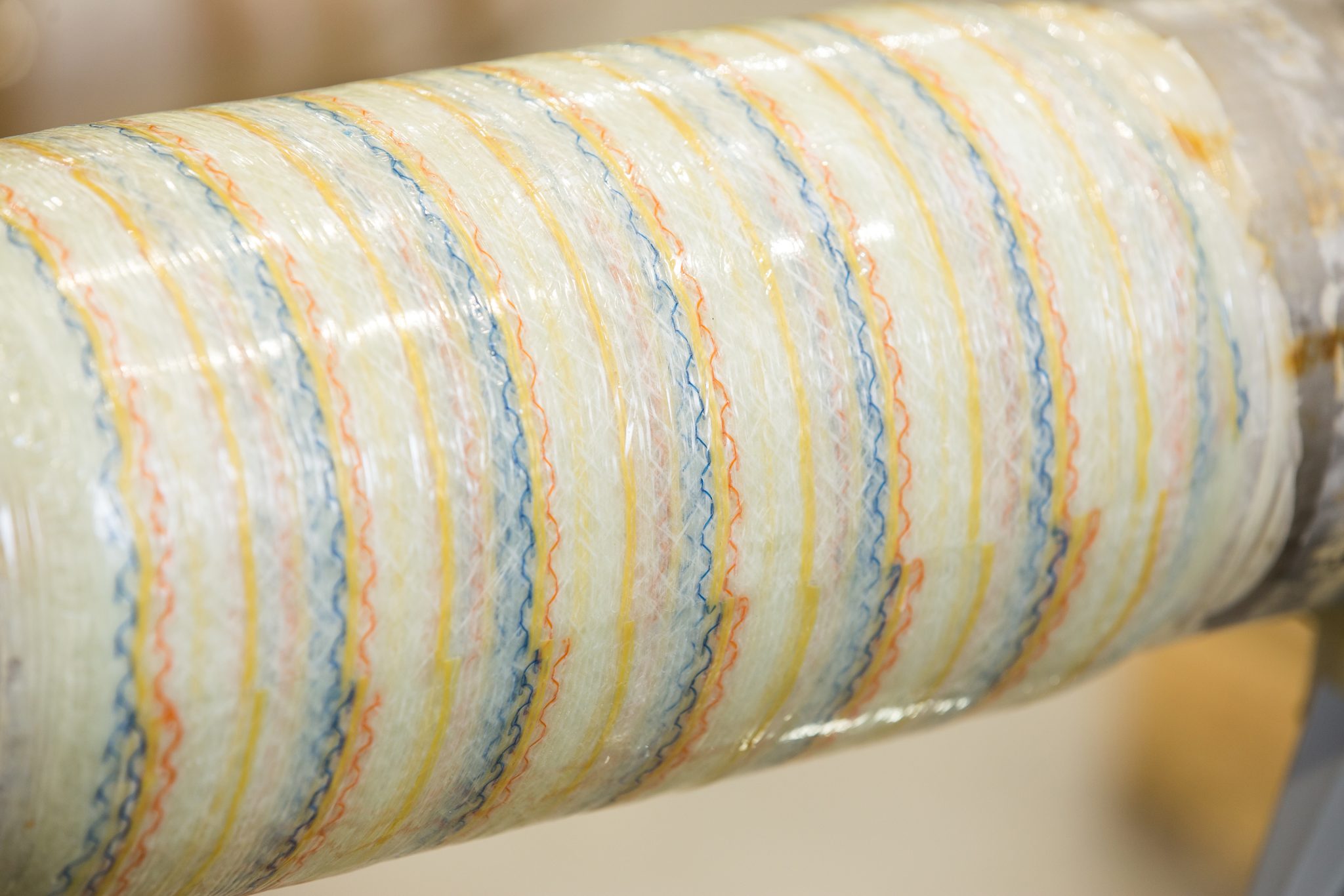Finite Element Analysis (FEA) FAQs
In the realm of engineered composite repair solutions, we are able to propose Finite Element Analysis (FEA) to assess more complex scenarios
What is FEA?
Finite Element Analysis (FEA) is the process of simulating the behaviour of a part (or assembly) under given conditions. We use advanced computing to generate 3D models to simulate defects and potential repairs. Within these models are a number of parameters which are changeable allowing us to simulate the effect on the piece as these are varied. We can inspect the likely impact of changes to these parameters, modelling a range of external conditions on the effectiveness of our repair solution.
The process allows us to demonstrate the effects of differing forces, levels of repair (layers, area repaired etc.) in a simulated environment, qualifying and visualising the theoretical solution thus validating the benefits of our repair(s).
Particularly beneficial in instances of complex geometries, FEA allows clients and engineers to make various assessments of static load, vibration analysis and thermal analysis – allowing repairs to be modelled prior to installation and can give an overview of entire systems and critical areas, together with a better understanding of the structure deformation/stresses. These assessments allow us to understand the various stress/strain field in the different composite layers of the repair. This enables us to propose the most appropriate repair solution for complex structures.
What are the benefits of FEA?
Reduced physical testing scope:
FEA enables ICR to provide virtual prototyping capability to reduce and improve physical testing scope while increasing the confidence in the proposed repair solution.
Improved communication with clients and third party:
FEA allows clients to visualise ICR customised repair prior to application. This in turn allows ICR partners to notify more easily if additional loading should be assessed or/and if there is a need to further strengthen a specific location due to future development.
FEA will also strengthen the design package ICR share when third party design approval is required for a repair.
When would this service be used/valuable?
This service is most valuable if one of the following conditions is met:
- Large testing scope is envisaged
- FEA could help reduce the overall testing scope while increasing client and third-party confidence
- Complex loading scenario:
- Various loading can be modelled
- Vibration analyses can be performed
- Heat transfer can be assessed
- Complex structure
- Larger structure can be assessed
- The influence of a localised repair on the overall structure can be assessed
- Third party approval
- FEA analysis can strengthen the design package shared for third party approval which could in turn reduced the approval time.




